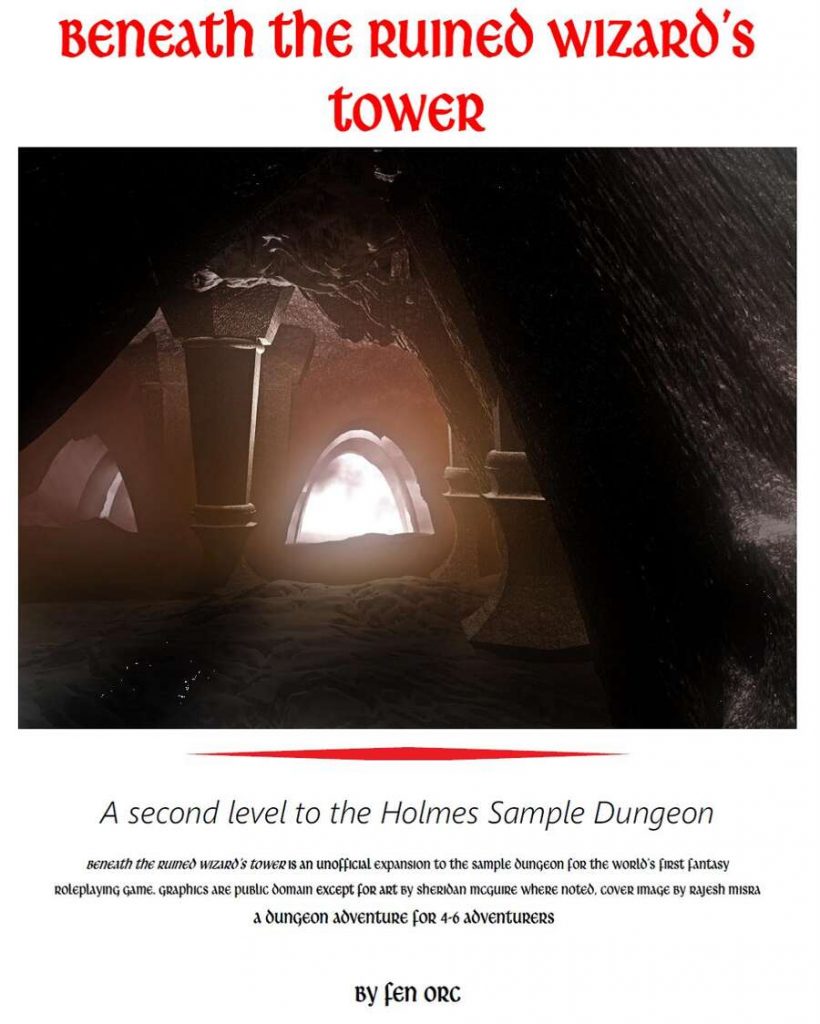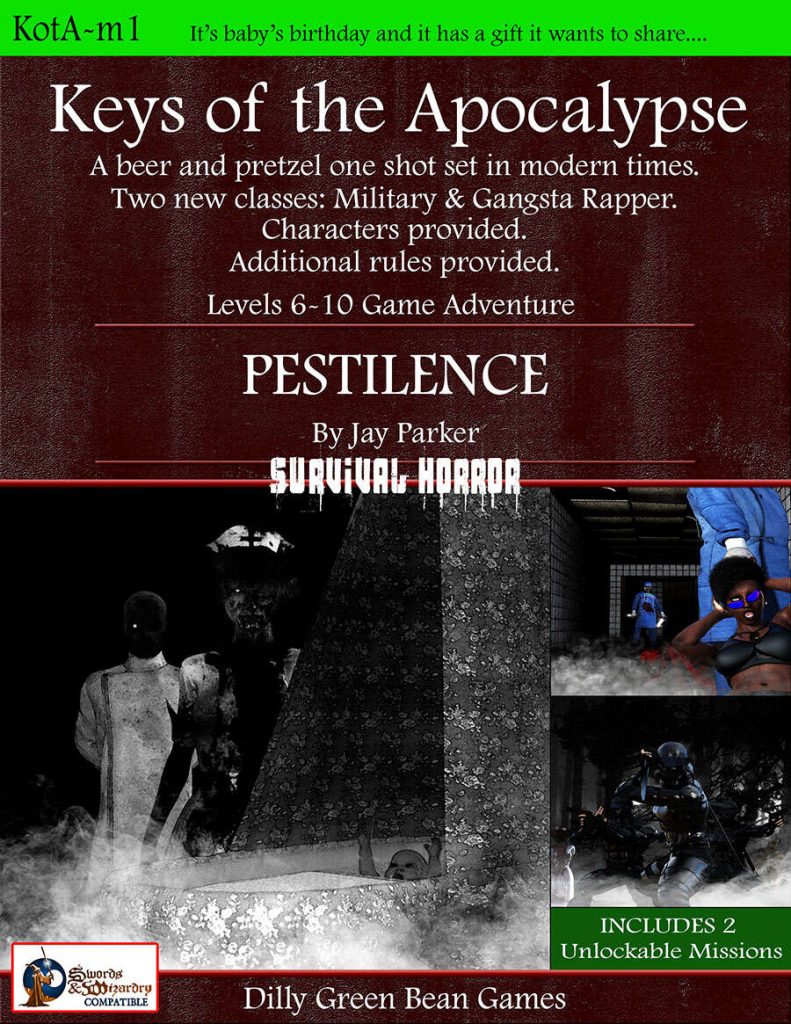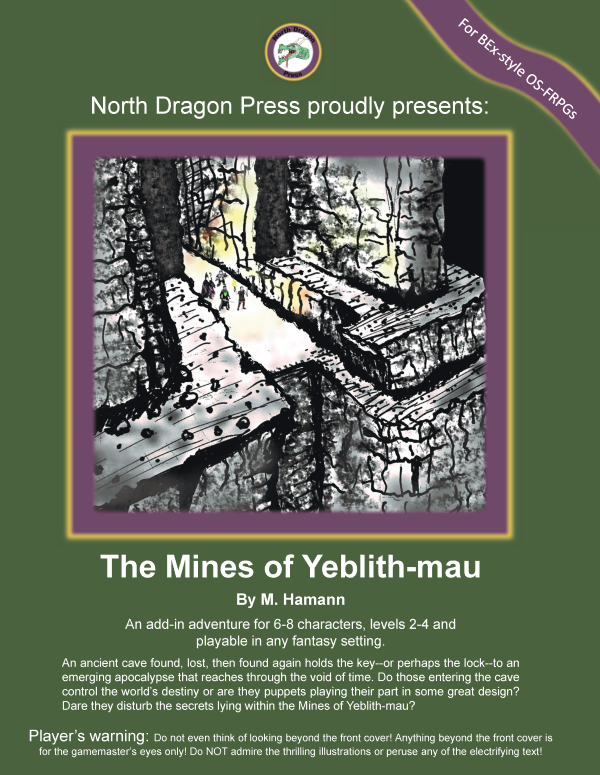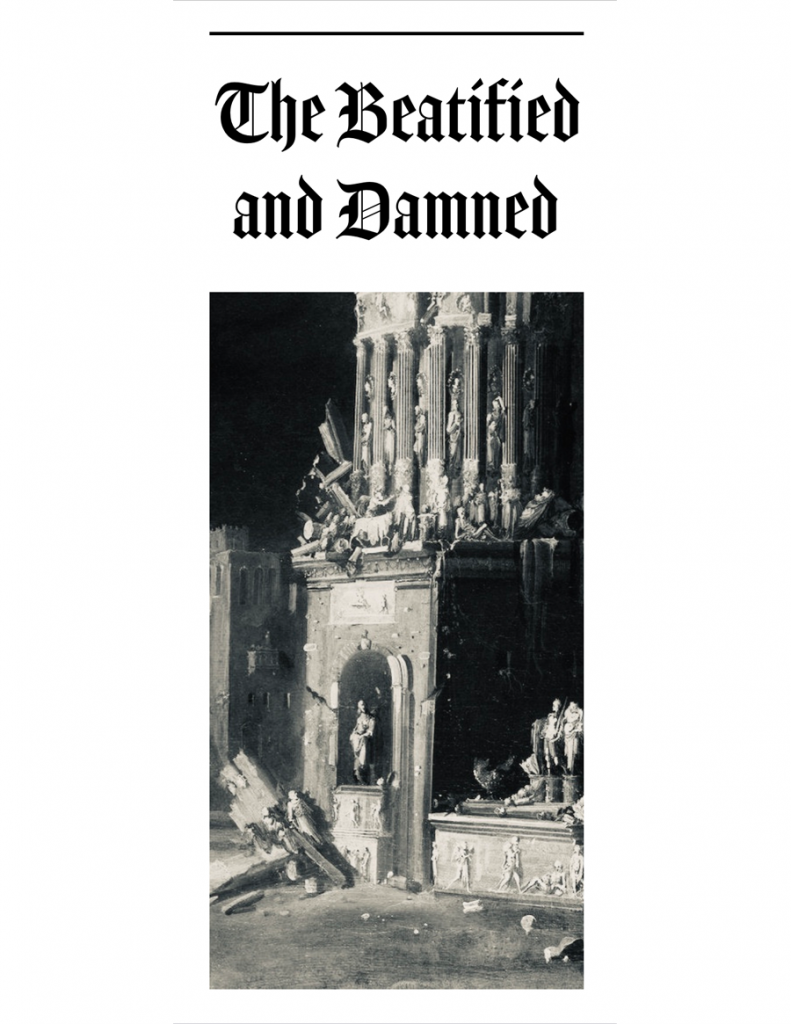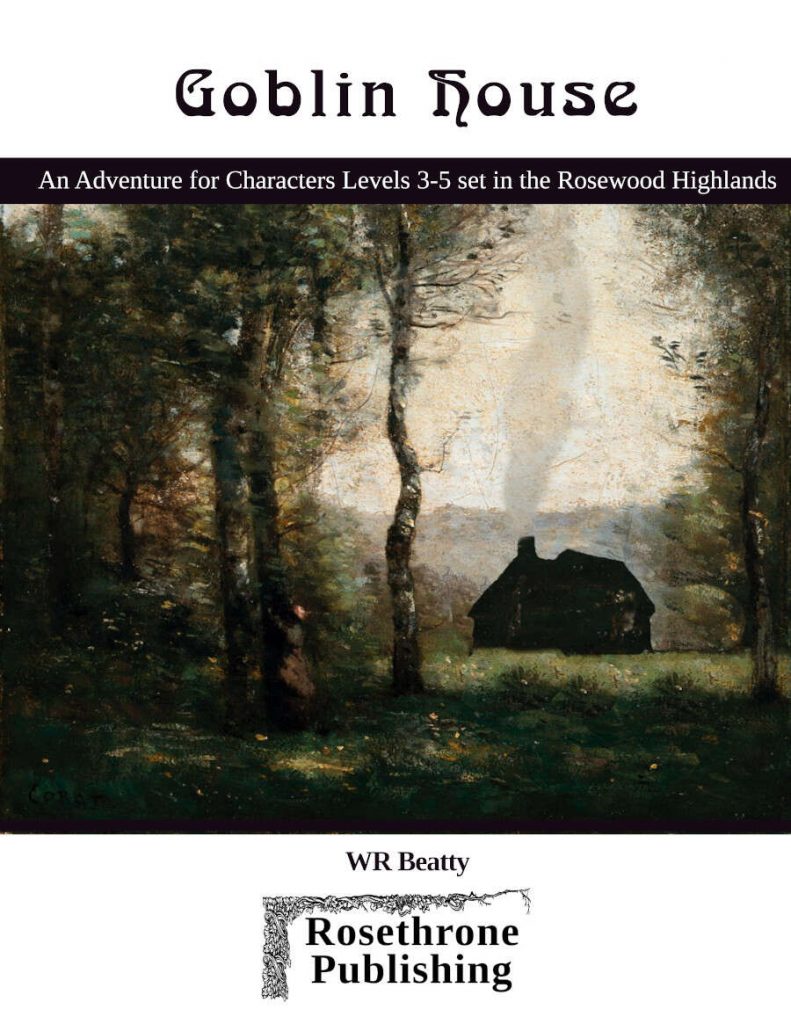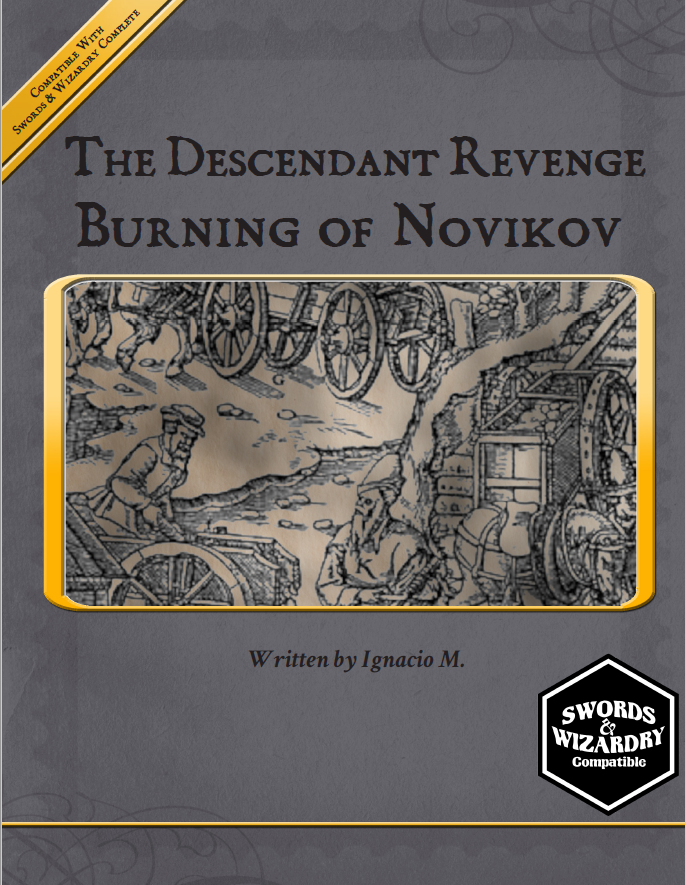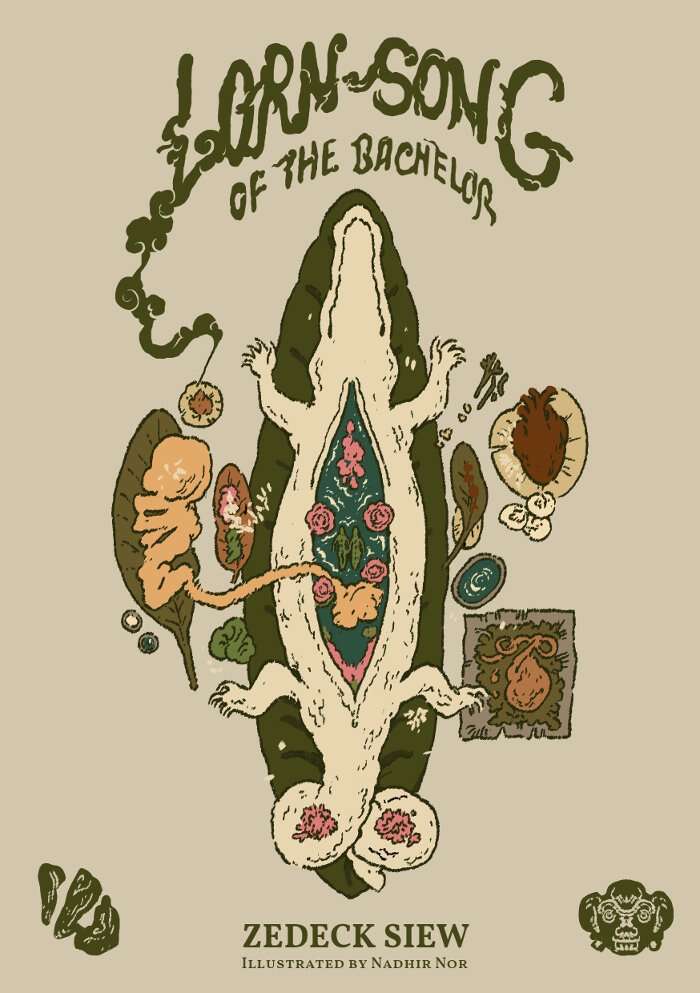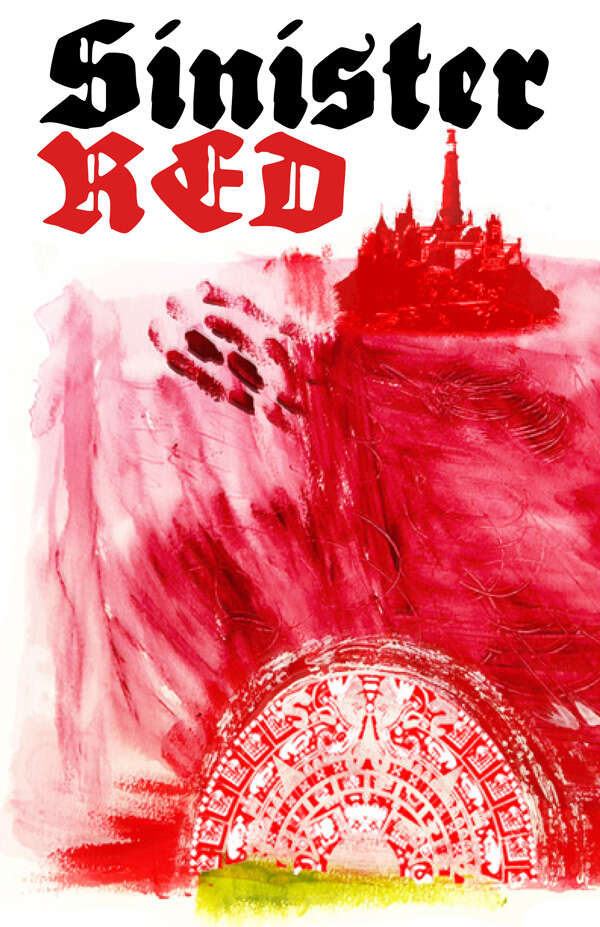
By Rudy Mangual Rudy Riot OSR Level 2?
A portal leads to a wet, red world. A world of bloat. A world drowned by excess. A world of perpetual torment. And a world of unimaginable treasure. The wicked baron bade you fetch him this treasure. “Though the portal or to the gallows.” The choice was simple. And so you tumble through a gash in the sky, falling towards a sea, sinister red.
This 32 page digest sized adventure is a point crawl with about 28 locations. It’s got an interesting idea, but flames out with encounters that are too similar to each other. But it’s pretty easy to use and decently evocative. There’s just not enough interactivity. Because I’m a jaded dilettante who lounges about all day in my saffron dressing gown while reading Against Nature. But maybe you like collecting the red key fetch quests and stabbing things more than I? Philistine
Huh. Well, there’s something you don’t see every day. Imagine that …
Let’s take the B Movie Planet of Blood. Or, that sci-fi story about a planet of vampires and the last man alive on a spaceship. Now, let’s make that vampire planet an ACTUAL planet of blood. Why? Cause a young kid with a djinni lamp, of course! That’s the adventure. You get transported to this other planet, in the middle of the sea. You see, the sea was turned in to blood by this kid via a wish and an asshole djinni. Then the blood all congealed. Yuck! You want off the planet? Get three to the capitol city, spared the worse of the sea/blood/congealed stuff. Visit the Vampire Queen and get sent in to The Tower, where time has stopped before her kiddo can ask for this third wish, the one that will make the world disappear. So, it’s a point crawl on the surface of a congealed blood sea until the linear portion at then end. You meet the local (all vampires, essentially) do some minor fetch quests and stab things. Meh.
Yeah, vampires. A whole planet of them. But they are really not. It’s more of a blood themed people who drink blood rather than the full fledged D&D vampire of old. There are a couple, but, for the most part, you face 1 and 2HD enemies with a 4HD boss or some 6 or 7HD NPC vampires to talk to. Mostly its just theming. Gorger vampires, one too fat to fit up some stairs, dudes covered in blood, blah blah blah blood blah blah blah. I think it’s well done.
One site per page with decent headings, bullets, building, whitespace and indents keeps thing easy to scan. NPC’s and monsters get short bursty little descriptions like “charming, vain, distracted” and/or “Tall, slender, royal robes. Suave but menacing.” It’s not overstaying its welcome and is giving the DM what they need to run the NPC and/or encounter. Good job. Likewise the monster description dne other location descriptions are short and punchy. It’s using italics for the descriptions but its limiting it to one or two sentences, which is fine for legibility. Leveraging the “Read” and “blood” themes it does a good job using a few words to describe a location and then giving the DM more evocative notes, terse, to allow them to add more as they see fit. Which is exactly what the fuck an adventure desginer should be doing with their description and DM notes.
But the interactivity. Man.
Frank wants an X, go get it for him and he’ll give you the Jade Monkey. Or some clothes to make you look like vampires, or something. Not that it will really matter, you’re gonna get captured in the capitol city anyway. So, stab someone or do the 7HD dude a favor because they can’t do the thing themselves for REASONS. It’s not that this is BAD< but you recognize the patterns after awhile. I kind of like the little vignettes. A stopped coach, slurping sounds from inside, a vampire sucking on the two passengers. They are well described and come to life. But its too much of the same for me.
I don’t know. I mean, it’s ok, and I’m gonna do a No Regerts on this, but its also kind of meh because of the interactivity. Does a fetch quest or stabby stabby turn in to an ok thing, or an adventure full of them turn in to an ok adventure, if there’s no real interactivity beyond that? I mean, you can talk to some people, but it doesn’t feel like it’s to any end that is meaningful, you still gonna end up at the end doing the same thing no matter your choices.
This isn’t bad. It’s a fantastic location for D&D that some people are going to bitch at for being Too Far Out There. But D&D should have crystal forests and rainbow bridges and cloud cities … and planets of vampires with congealed blood seas. God effort here, nicely done, but I think it’s limited by its pointcrawl nature. Which makes me want to go back and look at those other pointcrawls I liked and see if they are the same and if maybe I’ve changed my mind over time.
This is $5 at DriveThru. There’s no fucking level listed. PUT IN A FUCKING LEVEL RANGE IN THE AD COPY. I don’t know why I get so pissy about that. Anyway, the preview is six pages and you get to see the first encounter. That encounter, but the lead in, should be enough for you to make a good determination of if you’ll like it or not. You can see the organization and examples of the (evocative) writing style and get an idea of the combats, all from that lead in and first encounter.
https://www.drivethrurpg.com/product/318767/Sinister-Red?1892600


